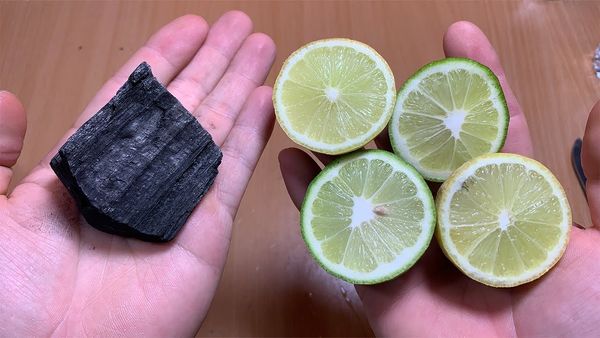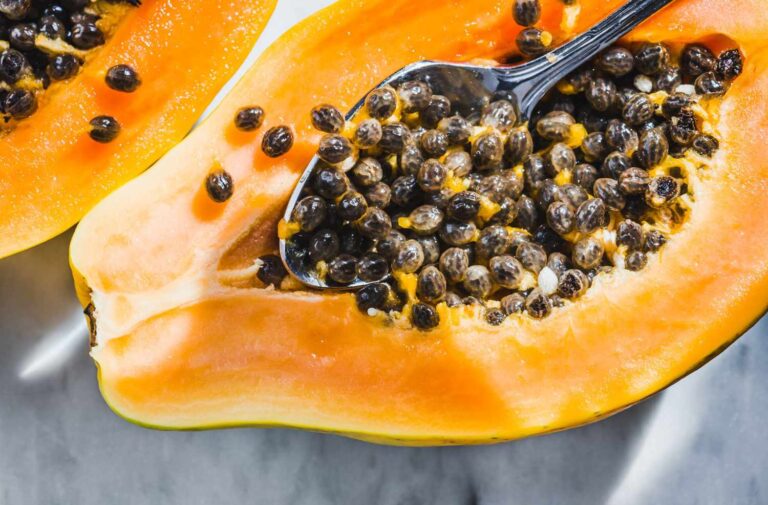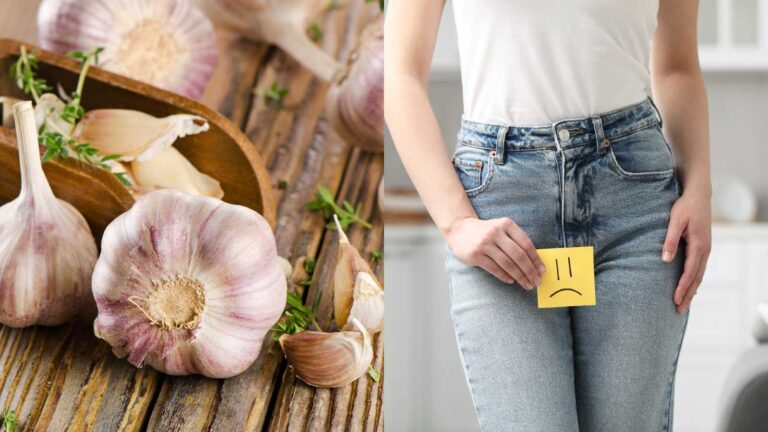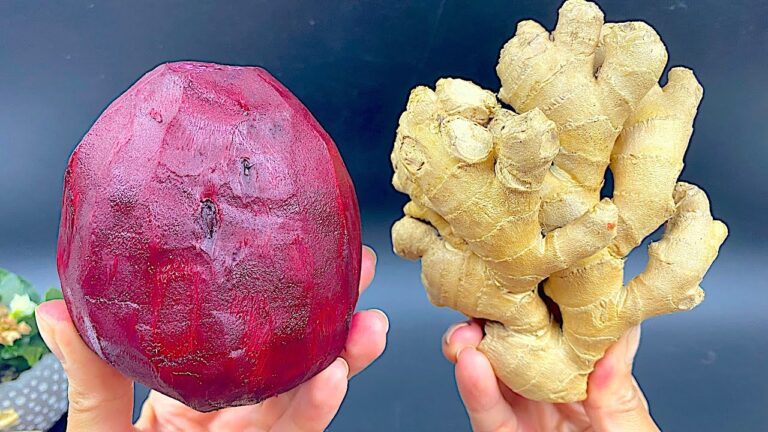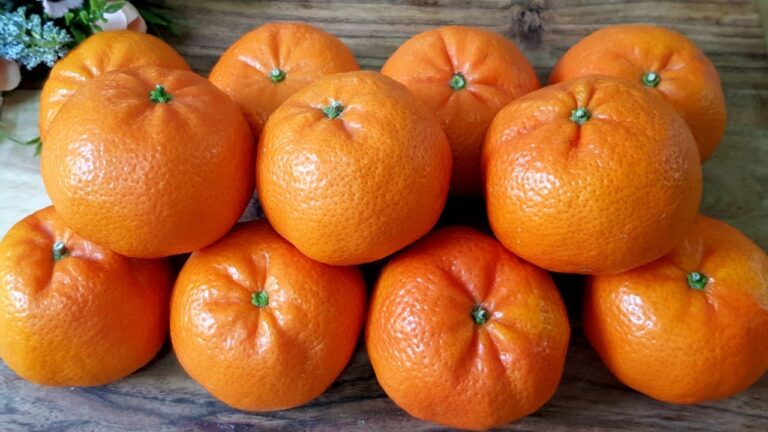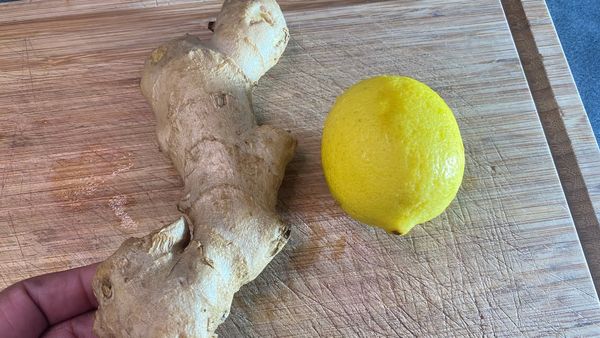In a world where everyone is looking for smart, cost-effective solutions for everyday problems, mixing lemon with charcoal might seem like an unlikely trick. However, this simple combination offers a surprising array of benefits that can reduce your reliance on various store-bought products. Here’s how you can leverage the power of these two natural ingredients to save money and tackle common household tasks effectively.
Lemon: Known for its natural cleansing properties, lemon is rich in citric acid, which acts as a disinfectant and stain remover. Its fresh scent also makes it a great natural deodorizer.
Charcoal: Activated charcoal is highly absorbent; it can trap chemicals, odors, and even colors from substances, making it an excellent purifier and cleaner.
Natural Air Freshener and Deodorizer:
- Mix a tablespoon of activated charcoal powder with a few drops of lemon essential oil and place this in a small container or sachet. The charcoal absorbs bad odors, while the lemon provides a refreshing scent. Place it in the refrigerator, bathroom, or anywhere you need to neutralize odors.
Eco-Friendly Cleaner for Surfaces:
- Create a paste using charcoal powder and lemon juice to tackle tough stains on surfaces like countertops or bathroom tiles. Apply the paste, let it sit for a few minutes, then scrub gently and rinse. The abrasive nature of charcoal combined with the acidic properties of lemon juice helps lift stains and grime.
Whitening Toothpaste:
- Mix a pinch of activated charcoal with a few drops of lemon juice and a small amount of your regular toothpaste. Use this blend to brush your teeth once a week to help remove surface stains and whiten your teeth naturally. Remember, lemon can be abrasive and acidic, so it’s important to use this sparingly to avoid damaging tooth enamel.
Detoxifying Face Mask:
- Combine activated charcoal powder, a teaspoon of lemon juice, and a bit of water to form a thick paste. Apply this mask to your face to help unclog pores and remove impurities. The lemon juice acts as an astringent, helping to tighten pores and brighten the complexion.
Gardening Pesticide:
- Mix charcoal powder with water and a squeeze of lemon juice to create a natural pesticide spray for plants. The lemon repels insects, and the charcoal can help absorb toxins from the soil, promoting healthier plant growth.
Acidity Concerns: When using lemon, especially on sensitive surfaces like your skin or teeth, it’s crucial to do so with care to avoid irritation or damage.
Environmental Considerations: Always source your charcoal responsibly—activated charcoal is recommended because of its increased porosity and absorbency.
Leveraging the combined powers of lemon and charcoal can help you maintain a clean, fresh, and healthy home environment without relying heavily on commercial products. This natural duo is not only effective but also environmentally friendly and cost-efficient, making it a wise choice for savvy households looking to reduce their chemical footprint and save money. Try incorporating these tips into your routine and discover just how versatile and beneficial lemon and charcoal can be!
